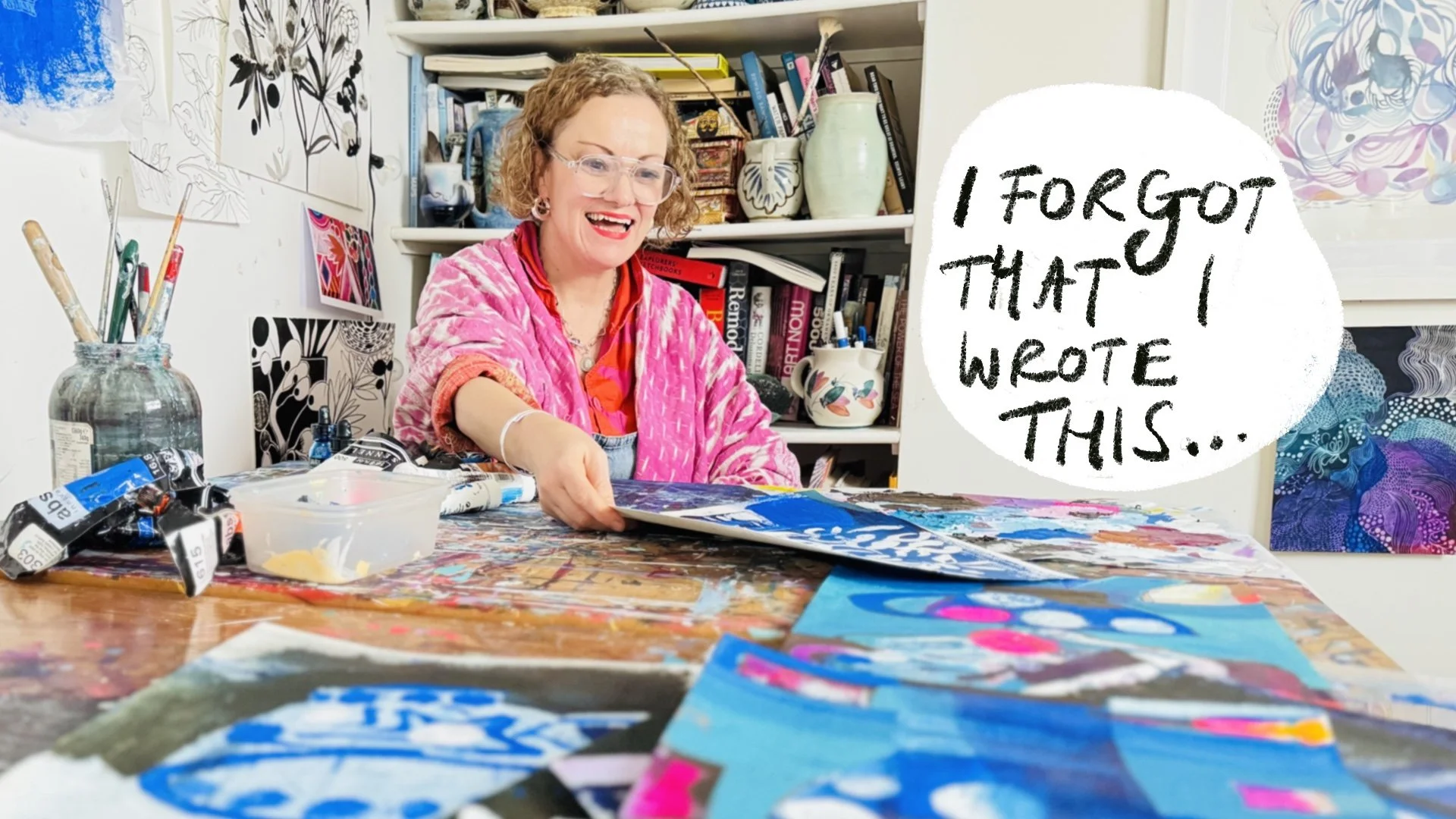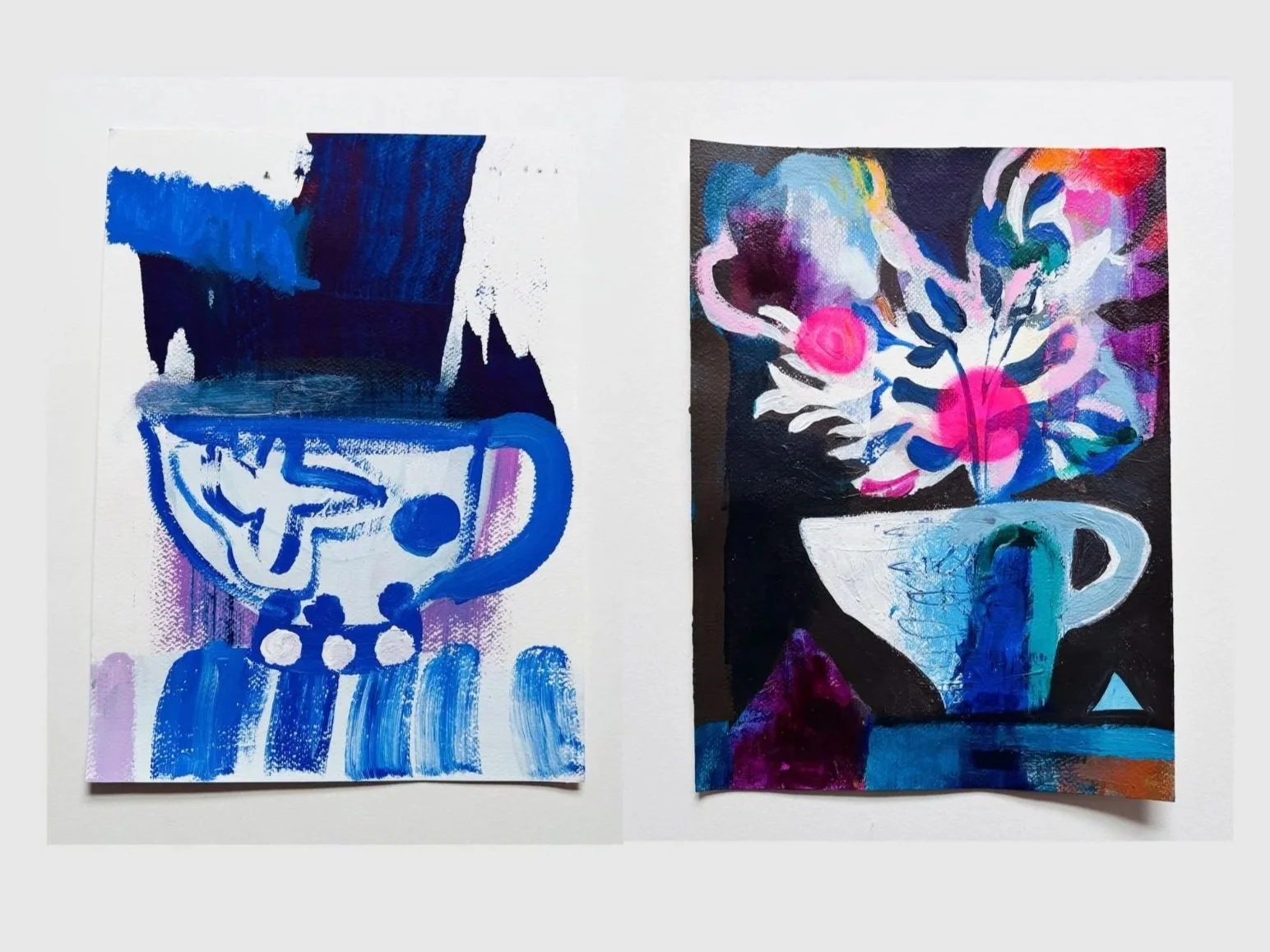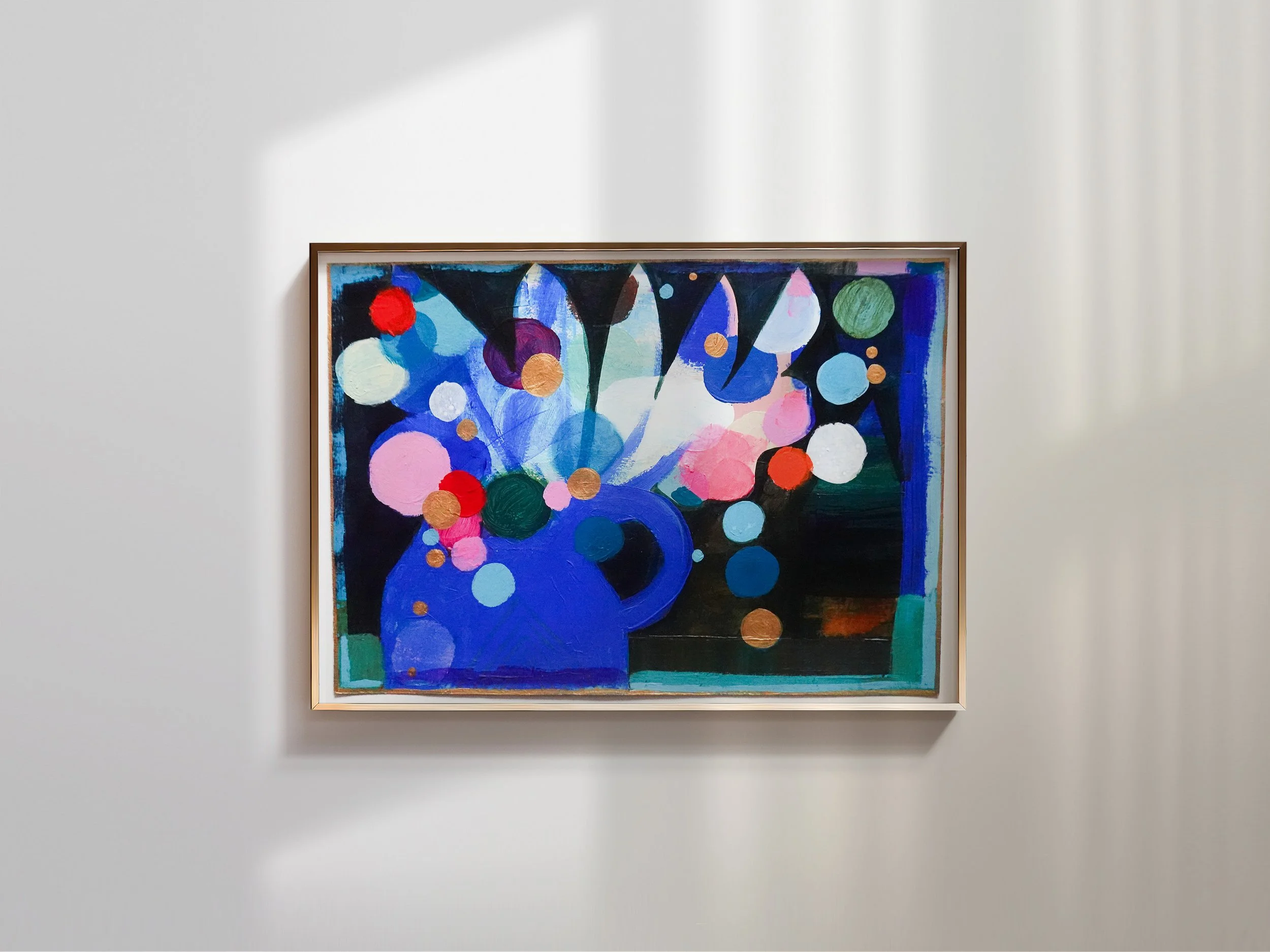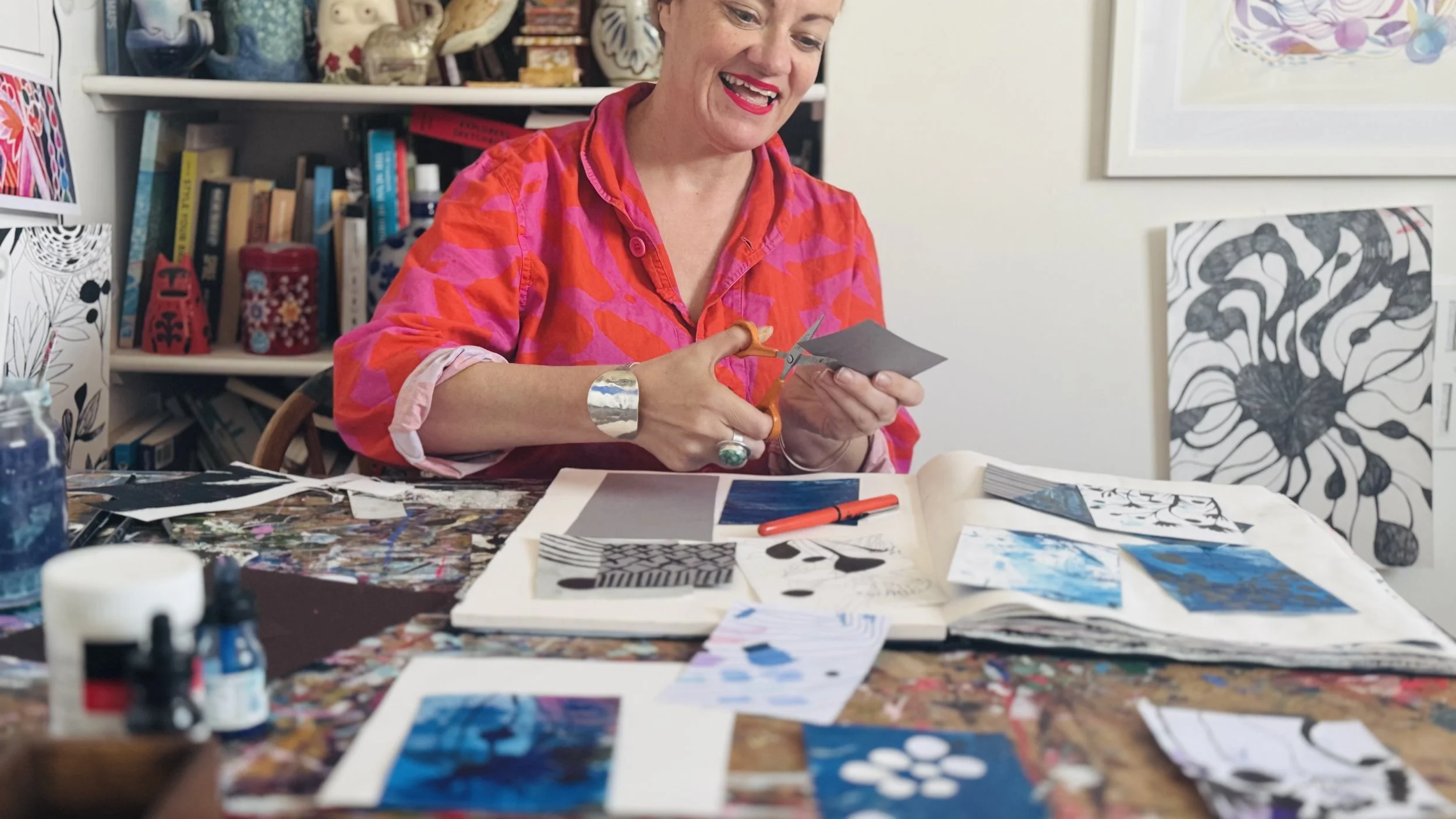
Art making ideasi
Ideas. Inspiration. A little creative mischief.
If you’re drawn to abstract and semi-abstract art, sketchbooks, colour and a little creative mischief, this is your corner of the internet.
Here you’ll find stories, videos, inspiration, art making advice and gentle nudges to help you create art that feels exciting to you.
Art, growth, change and sketchbooks
Notes from my studio, a year of sketchbooks and a sneak peek at my new series of paintings…
Colour and comfort zones
This week I’ve been thinking about creative comfort zones and the small ways we can choose to step beyond them.
Finding inspiration in our everyday lives
Still Life, sketchbooks and the ordinary things that matter
The painting process: an unknown destination
Creating abstract art: Some observations on the painting process and finding meaning…
Walking myself home: creativity amid the chaos
Creativity is a way of coming home to ourselves…
Messing about in my sketchbook
Messing about in my sketchbook and looking at the work of artist Paul Klee…
Artist in Focus: Amy Maricle
An interview with artist Amy Maricle about her creative practice…
Creative compost and joining the dots…
A few thoughts on what my sketchbooks are really for…
From bold colour to black and white.
I’ve just finished some colourful paintings. But in my sketchbook things are black and white…
Tired and uninspired? Borrow my sketchbook ritual
You don’t have to wait to feel inspired to make art.
Don’t edit your soul: eclectic creativity
Our art is a web of ideas, influences, and obsessions entwined and weaved together.
Exploring and enjoying colour
Seeking colour inspiration and ideas. Talking about paint and colour in my sketchbook…




















